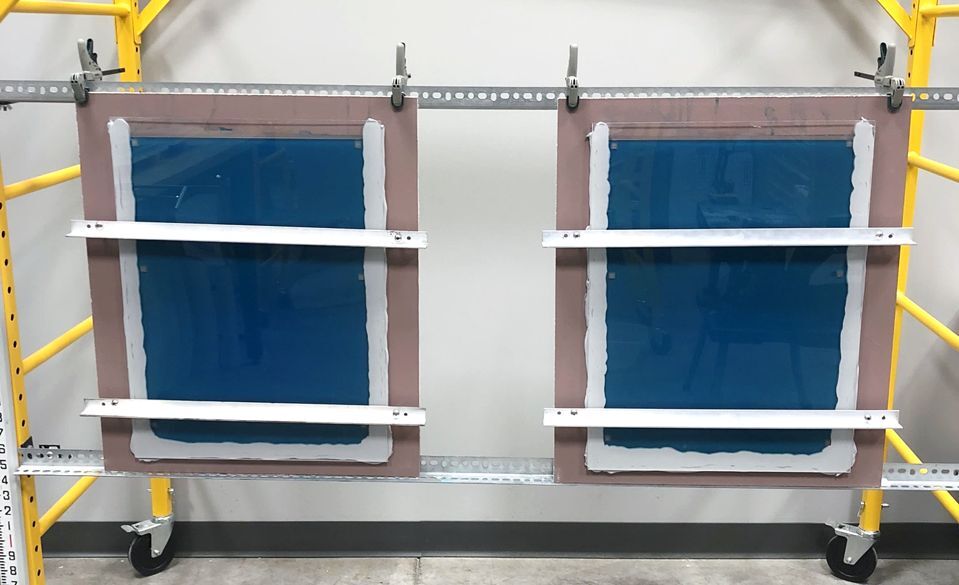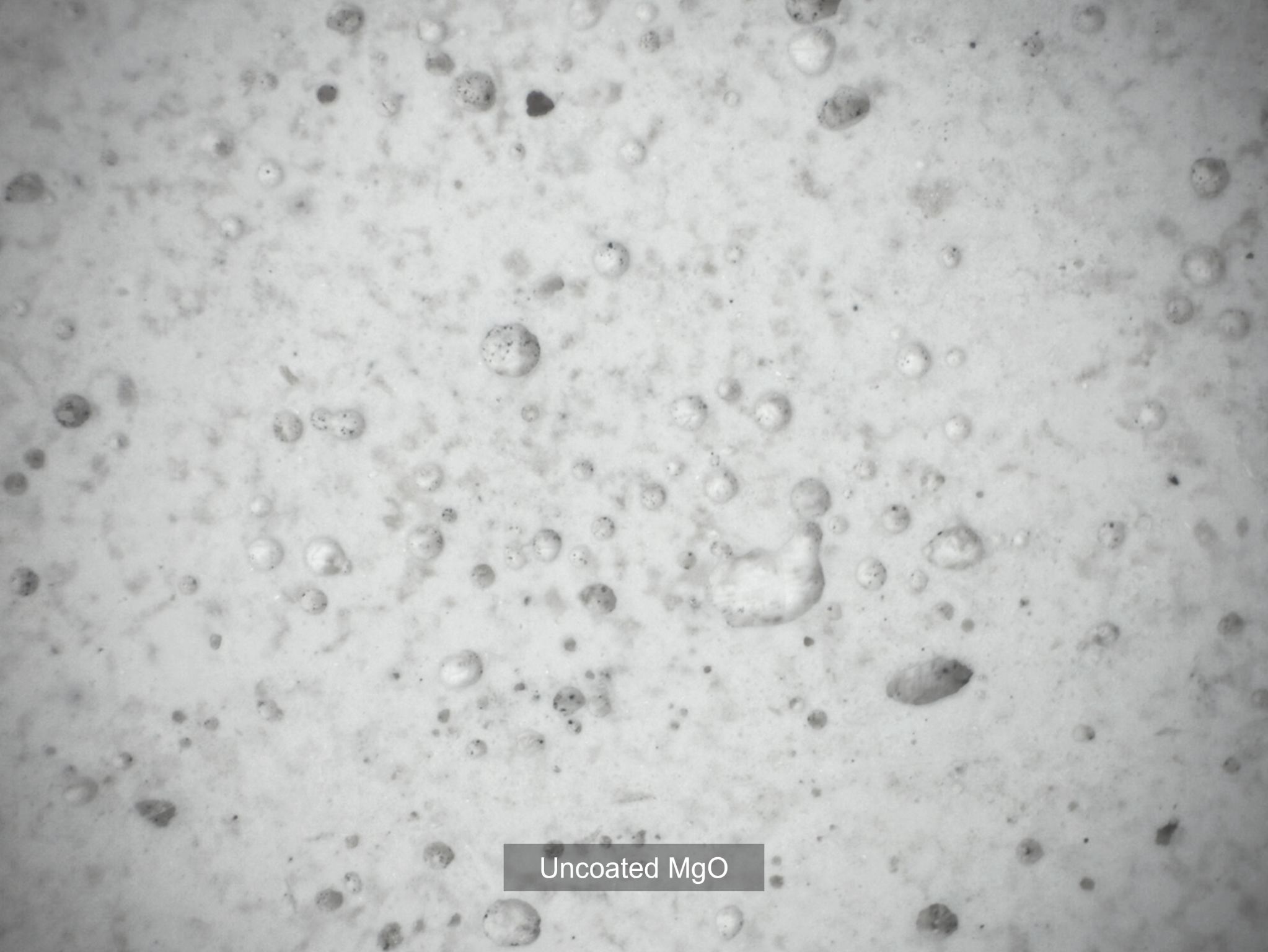Tags: #architecture #armorwall #buildingdesign #buildingenclosures #buildingenvelopes #buildingmaterials #buildingproducts #buildingscience #mgo #researchanddevelopment #waterresistance



Freeze-thaw performance of the ArmorWall™ water-resistive coating: a new approach for evaluating WRBs.
Conventional evaluation of water-resistive coatings, as outlined by AC212, considers the effects of freeze-thaw cycling. However, water resistance is not evaluated between cycles nor upon completion of all 10 cycles. Instead, the test specimen and its substrate are visually examined at 5x magnification. Failure is defined as the occurrence of cracking, checking, crazing, erosion, and delamination.
In this study, I employed 8” and 21.6” face columns on MgO panels coated with the ArmorWall™ Air & Water Barrier. Face columns are self-contained, re-usable assemblies. They may be filled and emptied without limits. I’m therefore able to refill columns to evaluate water resistance at each cycle. The cycling regime included an initial 30 days unfilled at -15°F; 24 hours at 70°F; and then 30 days filled at 70°F. Thereafter, 11 additional cycles were completed, each consisting of 24 hours drying at 70°F; 7 days unfilled at -15°F; 24 hours drying at 70°F; and then 7 days filled at 70°F.
Coated specimens resisted their respective hydrostatic pressures for all 12 cycles. Examination of sectioned panels confirmed coating integrity.
Soon I’ll be releasing a white paper that describes additional details of this approach. Meanwhile, if you’re attending #aia2023 in San Francisco, stop by the DuPont booth to learn more about ArmorWall™ and the exciting research behind it.